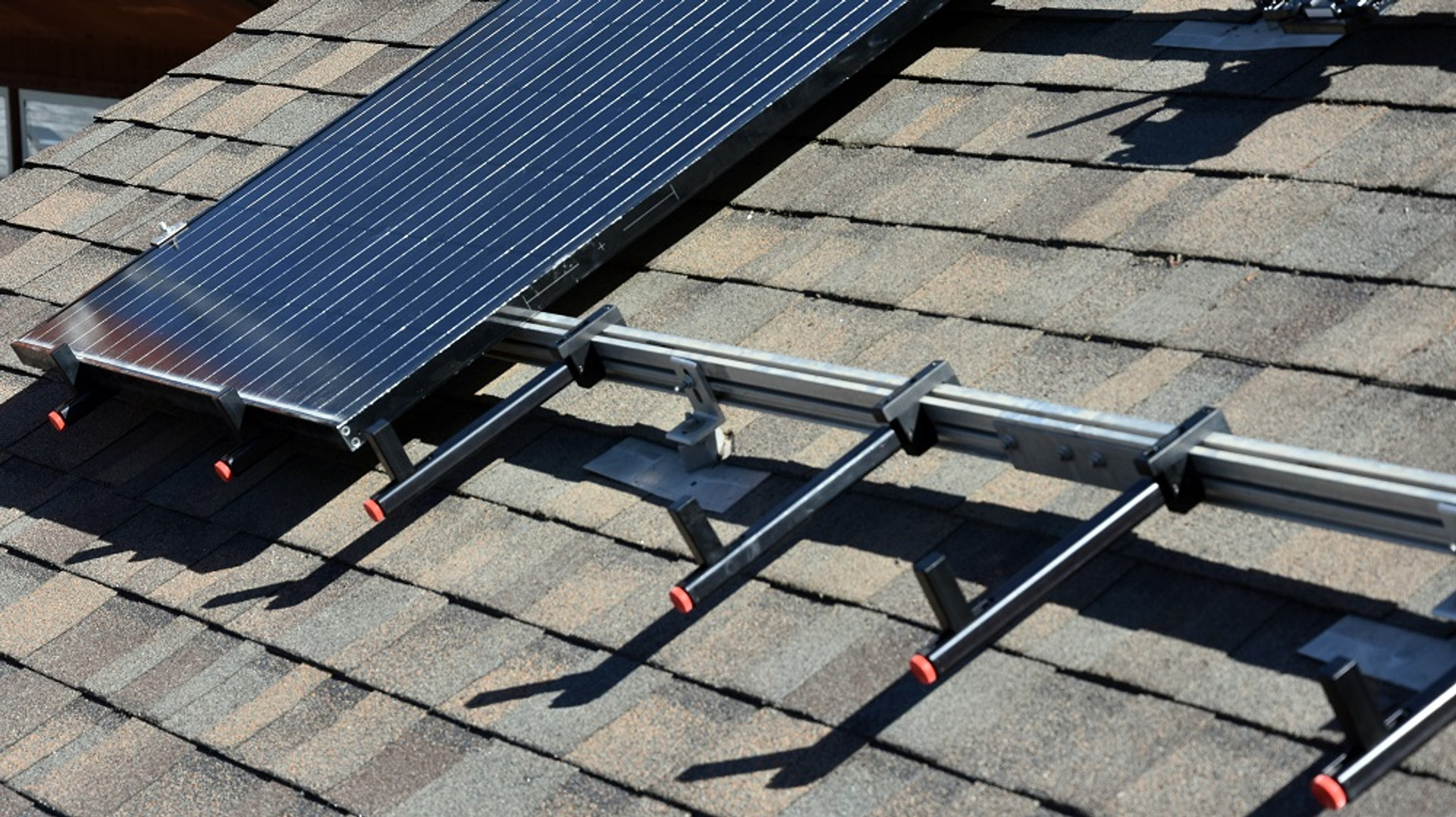Harnessing Solar Energy: Efficient Solar Power Installations


Harnessing Solar Energy: Efficient Solar Power Installations
Solar power installations have become a cornerstone of sustainable energy solutions. This article explores the key aspects of efficient solar power installations, from technology choices to installation considerations.
The Rise of Solar Power:
In the face of environmental concerns and the pursuit of renewable energy, solar power has emerged as a leading solution. The abundant and clean energy source provided by the sun makes it an attractive option for both residential and commercial applications.
Technology Choices:
Efficient solar power installations begin with the right technology choices. Solar panels come in various types, including monocrystalline, polycrystalline, and thin-film. Each has its advantages, with monocrystalline panels often preferred for their higher efficiency. Additionally, considering advancements in solar technology, such as bifacial panels and solar tracking systems, can further enhance energy yield.
Site Assessment and Planning:
Before installation, a thorough site assessment is crucial. Factors such as sunlight exposure, shading, and roof orientation play a significant role in determining the efficiency of solar power installations. Careful planning ensures that the solar panels are positioned optimally for maximum sunlight exposure throughout the day.
Inverter Selection and Efficiency:
The inverter is a critical component in a solar power system, converting DC electricity generated by the panels into usable AC electricity. Choosing a high-efficiency inverter is essential for maximizing the overall efficiency of the installation. Options include string inverters, microinverters, and power optimizers, each with its own advantages.
Battery Storage Solutions:
To enhance the efficiency and reliability of solar power installations, integrating battery storage solutions is increasingly common. Energy storage allows excess energy generated during sunny periods to be stored for later use, providing a consistent power supply even when sunlight is unavailable. Lithium-ion batteries are commonly used for their efficiency and longevity.
Net Metering and Grid Connectivity:
Efficient solar power installations often leverage net metering, allowing excess energy to be fed back into the grid. This not only ensures a consistent power supply but also provides opportunities for homeowners or businesses to earn credits for the surplus energy they contribute. Grid connectivity remains a key aspect of solar installations, offering a reliable backup when solar production is insufficient.
Maintenance and Monitoring:
Regular maintenance and monitoring are essential for ensuring the ongoing efficiency of solar power installations. Cleaning panels, checking for any shading obstructions, and monitoring system performance contribute to optimal energy production. Technological advancements, such as smart monitoring systems, enable real-time tracking of energy generation and system health.
Financial Incentives and ROI:
Many governments and utilities offer financial incentives to encourage solar power adoption. Understanding available incentives, tax credits, and rebates is crucial for optimizing the return on investment (ROI) for solar power installations. Calculating the payback period and long-term savings helps individuals and businesses make informed financial decisions.
Environmental Impact:
Beyond financial considerations, the environmental impact of solar power installations is a significant motivator for adoption. Solar energy is a clean and renewable resource, contributing to a reduction in greenhouse gas emissions and reliance on fossil fuels. Efficient solar installations align with sustainability goals and promote a greener future.
Educating and Advocating:
As solar power installations become more prevalent, education and advocacy play vital roles. Informing communities about the benefits of solar energy, dispelling myths, and advocating for supportive policies contribute to widespread adoption. Public awareness fosters a collective effort toward a more sustainable and solar-powered future.
To explore more about efficient solar power installations, visit Solar Power Installations.









